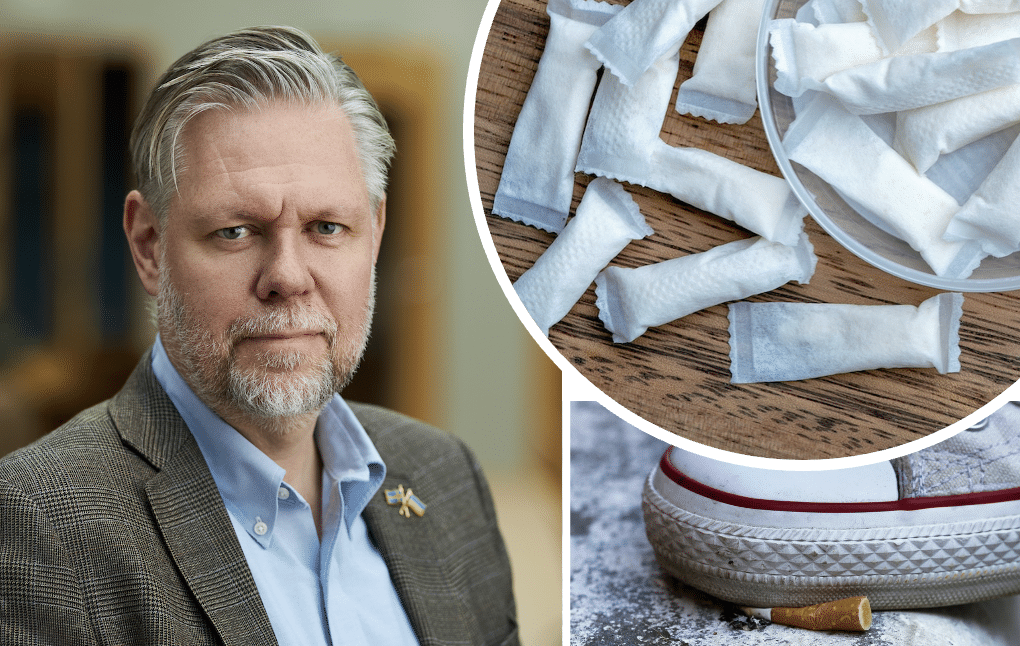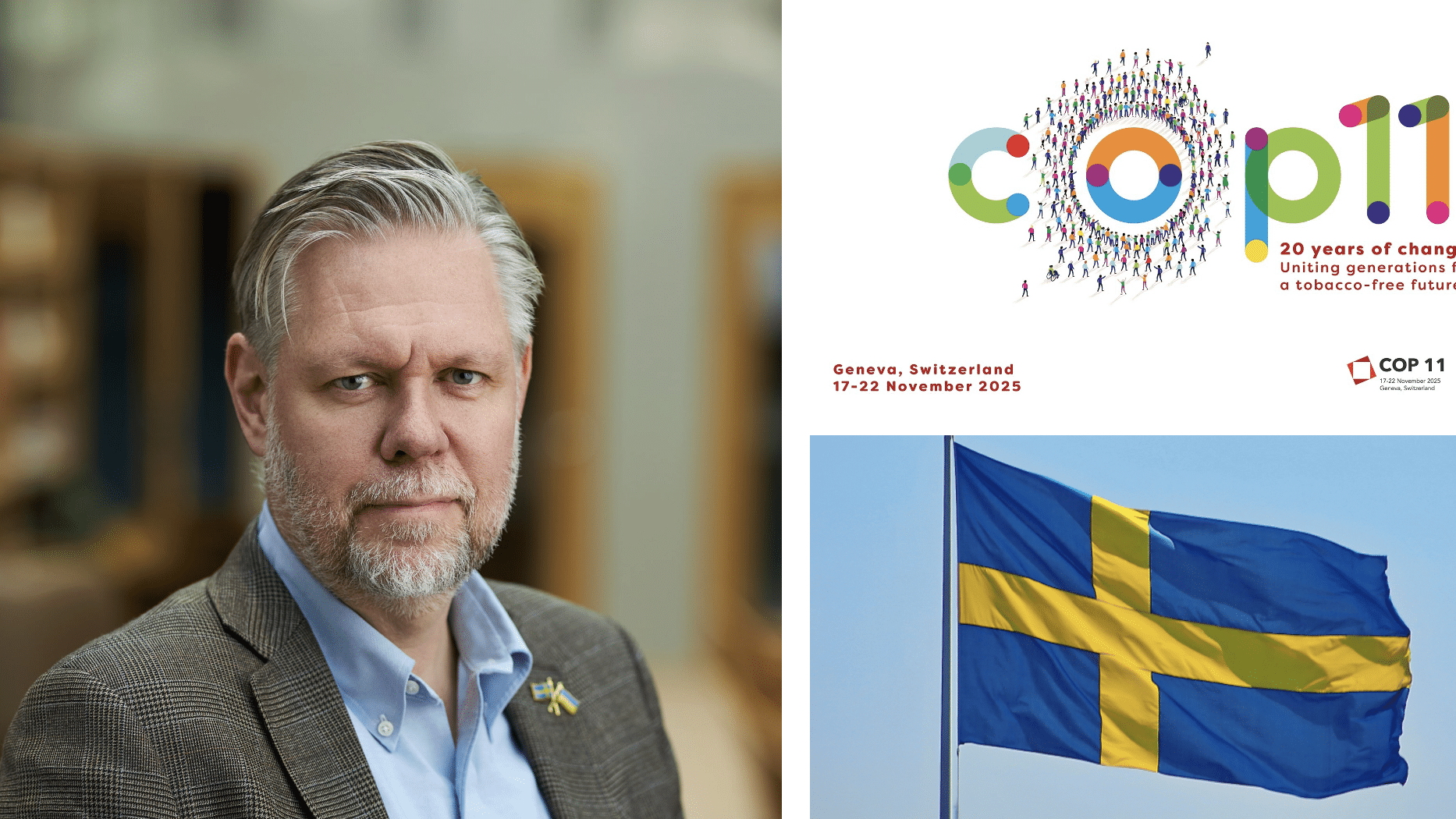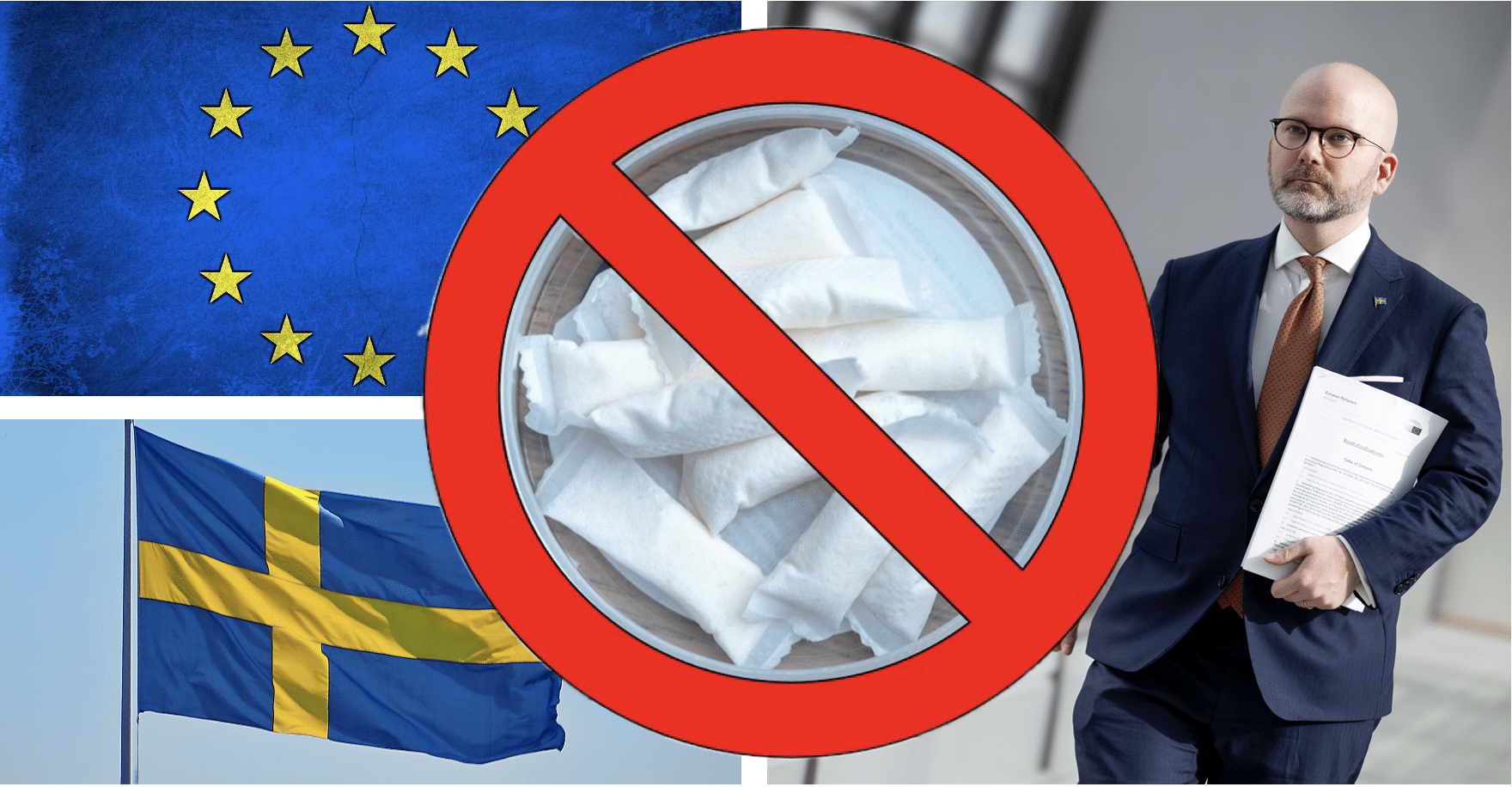
Global Forum on Nicotine 2021 preview: Patrik Strömer on snus and the future of nicotine
Patrik Strömer, Secretary General of the Association of Swedish Snus Manufacturers, offers his recommendations and expectations about what to watch ahead of the Global Forum on Nicotine 2021.
Themed ‘the Future for Nicotine’, the eighth edition of the Global Forum on Nicotine kicks off on June 17th online and in Liverpool, England.
While several attendees are expected to make the trip to Liverpool, all the material will also be viewable online for the many others who will be unable to travel due to pandemic-related restrictions.
The event comes amid continued debate over how best to regulate new nicotine products such as nicotine pouches and e-cigarettes. In addition to reviews of the EU’s Tobacco Products Directive (TPD) and Tobacco Tax Directive, preparations are also underway for discussions at the WHO’s FCTC COP 9 meeting scheduled for later this year.
Patrik Strömer, Secretary General of the Association of Swedish Snus Manufacturers, has attended previous GFN events. As a representative for Sweden’s snus manufacturers, he has long had a front-row seat to the shifting debate about tobacco and nicotine.
“If feels like we are on the verge of a paradigm shift in attitudes, but there remains a lot of uncertainty about whether policy will follow suit when it comes to tobacco harm reduction,” he tells Snusforumet.
With GFN21 just days away, Strömer sat down with Snusforumet to share his thoughts about the importance of the event and how Swedish snus can contribute to a constructive debate about the future of nicotine.
Why do you plan to attend the Global Forum on Nicotine 2021?
It’s always a great opportunity to really dive deeper into the issues, both regarding nicotine and health effects, but also policy proposals on how to help politicians understand that smokers smoke for the nicotine, but die from the tar. For too long “tobacco” has been seen as equally bad as smoking (which still is the most common habit for enjoying tobacco), but if you want to solve a problem, you have to define it first. And the GFN Conference sees disease and premature death as the problem, rather than tobacco in and of itself.
What do you hope to get out of the event?
PS: I hope to learn more, or course. Both in terms of useful knowledge, but also more about what kind of people are trying to bring about change. And to be updated on the latest science. Perhaps some new contacts, but that is always easier during ordinary circumstances when we can meet in person.
How have the discussions about nicotine evolved since the first GFN you attended?
What we see now is that the discussion about nicotine, dependence, and public health has become more mainstream. I think this development is largely thanks to previous GFN conferences. And when both established cigarette companies and minor independent innovators are moving away from combustibles, this trend will grow even stronger.
Why doesn’t snus have the same “share of voice” in the tobacco harm reduction debate and what can be done about it?
Snus was, for decades, regarded as something exotic, even weird, that belonged exclusively to Swedish culture. But there are very few people that don’t get upset when they learn more about the EU snus ban and Sweden’s by far lowest smoking rates. Globally, vaping has been the proof of concept for tens of millions of people. Sweden is a small country, but we do have long range data, showing that the Swedish population has been better off thanks to snus and that the health effects of snus is comparable to NRT.
The main theme at GFN21 is “the Future for Nicotine”. What sort of future do you see for nicotine and how will we get there?
I think nicotine, just like caffeine, is a mild stimulant that will be around long into the future. You can use a nicotine pouch and work at the same time. Coffee often demands some kind of break and those breaks might be important too. So when the largest cigarette companies are steering away from cigarettes, it’s not to “lure new generations” into nicotine dependency but to offer something to consumers who already nicotine and are looking for other options not linked with disease.
The development toward nicotine pouches and other non-combustibles is being driven by consumers. Many people enjoy nicotine, so the competition between vaping, snus, and nicotine pouches is really a competition to adapt to changing consumer preferences.
Which sessions/speakers at GFN21 are you most looking forward to and why?
Oh! Almost everything, but Clive Bates and Robyn Gougelet on “Science: orthodoxy, challenges and dissent” seems very interesting. And also the session with Alaran Aishat Jumoke from Nigeria because smoking rates in Africa are still going up, and I haven’t heard her perspective yet.
What do you hope attendees take away from the event with it comes to snus and tobacco harm reduction?
Snus is convenient, though it doesn’t mimic smoking. It’s produced according to Swedish Food Legislation and contains no substances linked to increased risk of cancer. So any serious investigation, science, or policy cannot deliberately avoid snus and The Swedish Experience.
If you could send one message about snus to all GFN attendees, what would it be?
Snus has a long tradition in Sweden. More by luck than ingenious public health research, snus became the first obvious example in the world showing that tobacco harm reduction works in real life. And even if I personally enjoy the classic “loose” snus, I fully understand that it is not for everyone. But as long as innovation and new ideas are allowed, things will be better in the future.




